Product Overview
Tadalafil is a long-acting selective phosphodiesterase-5 (PDE-5) inhibitor originally developed for erectile dysfunction (ED) but subsequently adopted for pulmonary arterial hypertension and lower-urinary-tract symptoms of benign prostatic hyperplasia (BPH).
The active moiety enhances endogenous nitric-oxide-mediated increases in cyclic guanosine monophosphate (cGMP), promoting smooth-muscle relaxation in cavernous tissue and selected vascular beds.
Its terminal half-life of roughly seventeen hours distinguishes it from first-generation congeners and supports both once-daily and on-demand dosing strategies.
Compounded Tadalafil ODT provides rapid disintegration on the tongue without the need for water, an advantage for patients with dysphagia, those requiring discreet administration, or individuals who prefer flexible timing relative to meals.
Orodispersible technology employs taste-masking polymers and super-disintegrants to maintain palatability while preserving pharmacokinetic equivalence to conventional film-coated tablets; bioequivalence studies show comparable area-under-the-curve values and only minor reductions in peak plasma concentration that are clinically negligible.
Clinicians may select 3 mg, 6 mg, 8.5 mg, or 23.5 mg strengths to titrate effect while minimizing adverse events.
Because the formulation is compounded under section 503A, it is dispensed pursuant to an individualized prescription, allowing customization such as dye-free matrices or alternative sweeteners for patients with specific allergies.
Notwithstanding its established indications, prescribers occasionally employ tadalafil off-label-for example, to investigate utero-placental perfusion in early-onset fetal-growth restriction-though evidence remains exploratory and risk-benefit should be assessed case by case.[1]
For erectile dysfunction, on-demand dosing ranges from 10 mg to 20 mg at least thirty minutes before anticipated intercourse, not exceeding one dose per twenty-four hours; once-daily regimens employ 2.5 mg to 5 mg.
The ODT strengths of 3 mg, 6 mg, 8.5 mg, and 23.5 mg facilitate titration in populations with body-mass extremes or polypharmacy.
In benign prostatic hyperplasia, 5 mg once daily is customary.
Dose reduction to 5 mg every forty-eight hours is advised in moderate renal impairment, and maximal once-daily exposure should not exceed 2.5 mg when potent CYP3A4 inhibitors are unavoidable.[7]
Tadalafil competitively inhibits PDE-5, the isoenzyme responsible for degradation of cGMP in corpus cavernosum, pulmonary vasculature, and prostate.
By slowing cGMP hydrolysis, it augments downstream protein-kinase-G signaling, leading to decreased intracellular calcium and sustained smooth-muscle relaxation.
The drug exhibits a 10-fold selectivity for PDE-5 over PDE-6 (retinal phototransduction) and more than 700-fold selectivity over PDE-1, -2, and -4, reducing off-target vasodilatory or neurologic actions.
Lipophilicity enables rapid mucosal absorption; following ODT administration, median T_max is approximately two hours, with absolute bioavailability near seventy-five percent.
Hepatic metabolism occurs predominantly via CYP3A4 to active catechol metabolites that undergo O-methylation and glucuronidation before fecal excretion.
Steady-state exposure is achieved after five consecutive daily doses, and pharmacodynamic activity persists for up to thirty-six hours, permitting flexible sexual activity windows or sustained pulmonary-arterial pressure reduction.
Renal clearance accounts for less than fifteen percent, yet dose adjustments are advisable when creatinine clearance falls below thirty milliliters per minute.
Genetic polymorphisms of CYP3A4 and drug-drug interactions that raise systemic exposure can potentiate hypotensive events; conversely, strong inducers may compromise efficacy.[2]
Absolute contraindications include concurrent organic nitrate therapy (e.g., nitroglycerin, isosorbide dinitrate, or recreational amyl nitrite) because synergistic nitric-oxide release may precipitate profound, refractory hypotension.
Patients who have experienced myocardial infarction within the preceding ninety days, stroke within six months, uncontrolled arrhythmias, severe symptomatic aortic stenosis, or class IV heart failure should avoid tadalafil until cardiovascular status stabilizes.
Known hypersensitivity to tadalafil or any ODT excipient mandates alternative therapy.
The agent is not recommended for individuals with hereditary degenerative retinal disorders such as retinitis pigmentosa attributable to potential PDE-6 cross-reactivity.
Severe hepatic impairment (Child-Pugh C) precludes safe dosing due to reduced metabolic clearance, and concomitant potent CYP3A4 inhibitors can elevate the area-under-the-curve more than threefold, further heightening risk.[3]
Pharmacokinetic interactions primarily involve CYP3A4 modulation: ketoconazole, itraconazole, ritonavir, cobicistat, and clarithromycin markedly increase tadalafil levels; dosage should be limited to 10 mg every seventy-two hours or avoided altogether in sustained regimens.
Rifampin, carbamazepine, and phenytoin induce CYP3A4, reducing exposure and potentially rendering therapy ineffective.
Pharmacodynamic synergy with other vasodilators-alpha-adrenergic blockers (especially doxazosin), prostacyclin analogs, or antihypertensive calcium-channel blockers-can exaggerate blood-pressure reductions; commence tadalafil only after alpha-blocker titration is stable.
Alcohol in excess of five units potentiates orthostatic symptoms.
Grapefruit juice modestly delays metabolism but rarely necessitates dose change unless combined with additional inhibitors.
Co-administration with bosentan lowers tadalafil concentrations via hepatic transporter induction; clinicians may consider titrating upward within safety limits.[4]
Headache, facial flushing, nasal congestion, and dyspepsia occur in more than ten percent of recipients but are typically transient and dose-dependent.
Myalgia, particularly in the lower back, arises from PDE-11 inhibition in skeletal muscle and may persist up to forty-eight hours.
Visual disturbances such as cyanopsia or blurred vision are uncommon and less pronounced than with sildenafil, yet practitioners should inquire about retinal disease history.
Rare reports describe non-arteritic anterior ischemic optic neuropathy and sudden sensorineural hearing loss; immediate discontinuation is warranted if such events emerge.
Daily use may slightly increase the incidence of benign arrhythmias in predisposed individuals, though causal linkage remains unproven.
Priapism exceeding four hours requires emergent urologic evaluation to prevent corporal fibrosis.
Post-marketing surveillance notes mild transaminase elevations, but frank hepatotoxicity is exceptional.[5]
Tadalafil is not indicated for routine use in pregnancy; however, animal studies reveal no teratogenic effects at exposures seven times the maximum recommended human dose, and limited murine data suggest improved placental perfusion without structural malformations.
Investigational protocols evaluating tadalafil for early-onset pre-eclampsia or fetal-growth restriction have reported transient maternal headache and flushing but no significant neonatal toxicity; nevertheless, placental transfer has been demonstrated, and long-term outcomes are uncertain.
Because robust, controlled human data are lacking, risk-benefit evaluation should be individualized, and informed consent is essential when therapy is contemplated outside established indications.[6]
Store compounded Tadalafil ODT in a tight, light-resistant container at controlled room temperature (20 °C - 25 °C; permissible excursion 15 °C - 30 °C).
Protect from excessive humidity to maintain disintegration profile; desiccant packets may be inserted where appropriate.
Stability studies demonstrate that well-sealed formulations retain at least ninety-nine percent potency for ninety days, but beyond-use dates should reflect USP <795> guidelines or validated laboratory data, whichever is shorter.
Refrigeration is unnecessary and may promote condensation upon removal to ambient conditions.[8]
- DrugBank. (2025). Tadalafil (DB00820). https://go.drugbank.com/drugs/DB00820
- Park, S. I., et al. (2018). Comparison of tadalafil pharmacokinetics after administration of a new orodispersible film versus a film-coated tablet. Drug Design, Development and Therapy, 12, 935-942. https://doi.org/10.2147/DDDT.S155040
- OpenStax. (2024). Phosphodiesterase 5 inhibitors. In Pharmacology for Nurses (Section 35-5). https://openstax.org/books/pharmacology/pages/35-5-phosphodiesterase-5-inhibitors
- Primary Care Notebook. (2023, Nov 24). Tadalafil and nitrates. https://primarycarenotebook.com/pages/psychiatry/tadalafil-and-nitrates
- Kim, G., et al. (2019). Effect of ticagrelor, a CYP3A4 inhibitor, on the pharmacokinetics of tadalafil in rats. Pharmaceutics, 11(7), 354. https://doi.org/10.3390/pharmaceutics11070354
- Cordell, W. H., et al. (2009). Retinal effects of 6 months of daily use of tadalafil or sildenafil. Archives of Ophthalmology, 127(4), 367-373. https://doi.org/10.1001/archophthalmol.2009.36
- U.S. Food and Drug Administration. (2024). Tadalafil oral tablets, prescribing information (NDA 218490). https://www.accessdata.fda.gov/drugsatfda_docs/nda/2024/218490Orig1s000Lbl.pdf
- Wellwisp. (2024). How to store Cialis properly. https://wellwisp.com/what-is-cialis-shelf-life/
- Cleveland Clinic. (2004). Dosage parameters for sildenafil, vardenafil, and tadalafil. https://www.clevelandclinicmeded.com/medicalpubs/pharmacy/marap2004/ed-table2.htm
- The Cardiology Advisor. (2024). Erectile dysfunction drugs and nitrates. https://www.thecardiologyadvisor.com/features/erectile-dysfunction-drugs-and-nitrates/
- University of British Columbia. (2022). Study shows strong link between erectile-dysfunction medications and vision problems. https://www.med.ubc.ca/news/study-shows-strong-link-between-erectile-dysfunction-medications-and-vision-problems/
- .Al-Shahrani, A., et al. (2024). Evaluation of the efficacy and safety of on-demand tadalafil alone or combined with lidocaine spray in erectile dysfunction with premature ejaculation. Sexual Medicine, 12(2). https://doi.org/10.1080/19317611.2024.2420048
- Roehrborn, C. G., et al. (2011). Efficacy and safety of tadalafil once daily in men with lower urinary-tract symptoms suggestive of benign prostatic hyperplasia. European Urology, 60(6), 1105-1113. https://doi.org/10.1016/j.eururo.2011.08.021
- Vijaya, B., & Kumari, K. N. (2020). A stress-degradation kinetic study of tadalafil bulk and tablet dosage forms. Asian Journal of Pharmaceutical Analysis, 10(4), 175-181. https://ajpaonline.com/HTML_Papers/Asian%20Journal%20of%20Pharmaceutical%20Analysis__PID__2020-10-4-1.html
- Trissel, L. A., et al. (2012). Stability of an extemporaneously prepared tadalafil 5 mg/mL suspension. U.S. Pharmacist. https://www.uspharmacist.com/article/tadalafil-5-mgml-oral-suspension
- International Journal of Pharmaceutical Sciences. (2023). Orodispersible tablets: A review. https://www.ijpsjournal.com/assetsbackoffice/uploads/article/Orodispersible%20Tablet%20A%20Review%20.pdf
- Tanaka, H., et al. (2019). Maternal blood concentration of tadalafil and uterine blood flow in pregnancy. Medicina, 55(10), 708. https://doi.org/10.3390/medicina55100708
- U.S. Food and Drug Administration. (2025). Pregnancy and Lactation Labeling Rule resources. https://www.fda.gov/drugs/labeling-information-drug-products/pregnancy-and-lactation-labeling-resources
How quickly does the ODT begin to work compared with standard tablets?
Peak plasma concentration is reached in roughly two hours for both formats, but subjective onset can be as early as fifteen minutes because the tablet dissolves and is absorbed partly through oral mucosa.[9]
Can nitrates be resumed sooner if the ODT dose was only 3 mg?
No; a forty-eight-hour nitrate-free interval is still recommended because even low tadalafil doses maintain significant PDE-5 inhibition beyond thirty-six hours.[10]
Does long-term use raise the risk of permanent vision loss?
Large observational studies show no statistically significant increase in retinal pathology, though rare idiosyncratic optic-nerve events have been documented; routine ophthalmic review is prudent for high-risk patients.[11]
Is combining tadalafil with topical lidocaine spray effective for premature ejaculation?
Randomized trials suggest additive benefits in men with concomitant erectile dysfunction and premature ejaculation, yielding greater intravaginal latency without extra adverse effects.[12]
Will daily tadalafil improve urinary flow in BPH?
Yes; international trials demonstrate meaningful reductions in International Prostate Symptom Scores and enhanced peak flow rates after twelve weeks of 5 mg daily therapy.[13]
How stable is an opened bottle of ODT at home?
Stress-degradation testing indicates negligible assay loss for up to ninety days under normal lighting and temperature provided humidity is controlled.[14]
Can a liquid suspension substitute for ODT in feeding-tube patients?
Extemporaneously prepared 5 mg/mL suspensions in Ora-Sweet/Ora-Plus matrices remain ≥99 percent potent for ninety-one days and pass microbial testing, offering a reliable alternative.[15]
Why is the ODT bitter if excipients are supposed to mask taste?
Matrix design markedly reduces but may not eliminate bitterness; allowing the tablet to disperse on the dorsal tongue rather than the tip minimizes taste-bud exposure.[16]
Is there evidence supporting tadalafil for fetal-growth restriction?
Early phase studies show improved uterine-artery Doppler indices, but sample sizes are small, and regulatory authorities have not endorsed this indication.[17]
Does the Pregnancy and Lactation Labeling Rule list tadalafil as compatible with breastfeeding?
Current labeling states that insufficient human data exist; thus clinicians should weigh maternal benefit against theoretical neonatal exposure through milk.[18]
Disclaimer: This compounded medication is prepared under section 503A of the U.S. Federal Food, Drug, and Cosmetic Act. Safety and efficacy for this formulation have not been evaluated by the FDA. Therapy should be initiated and monitored only by qualified healthcare professionals.
Administration Instructions
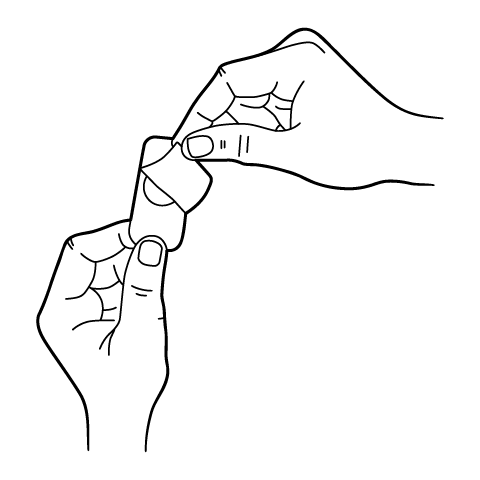
ODT and Troches Instructions
503A vs 503B
- 503A pharmacies compound products for specific patients whose prescriptions are sent by their healthcare provider.
- 503B outsourcing facilities compound products on a larger scale (bulk amounts) for healthcare providers to have on hand and administer to patients in their offices.
Frequently asked questions
Our team of experts has the answers you're looking for.
A clinical pharmacist cannot recommend a specific doctor. Because we are licensed in all 50 states*, we can accept prescriptions from many licensed prescribers if the prescription is written within their scope of practice and with a valid patient-practitioner relationship.
*Licensing is subject to change.
Each injectable IV product will have the osmolarity listed on the label located on the vial.

Given the vastness and uniqueness of individualized compounded formulations, it is impossible to list every potential compound we offer. To inquire if we currently carry or can compound your prescription, please fill out the form located on our Contact page or call us at (877) 562-8577.
We source all our medications and active pharmaceutical ingredients from FDA-registered suppliers and manufacturers.

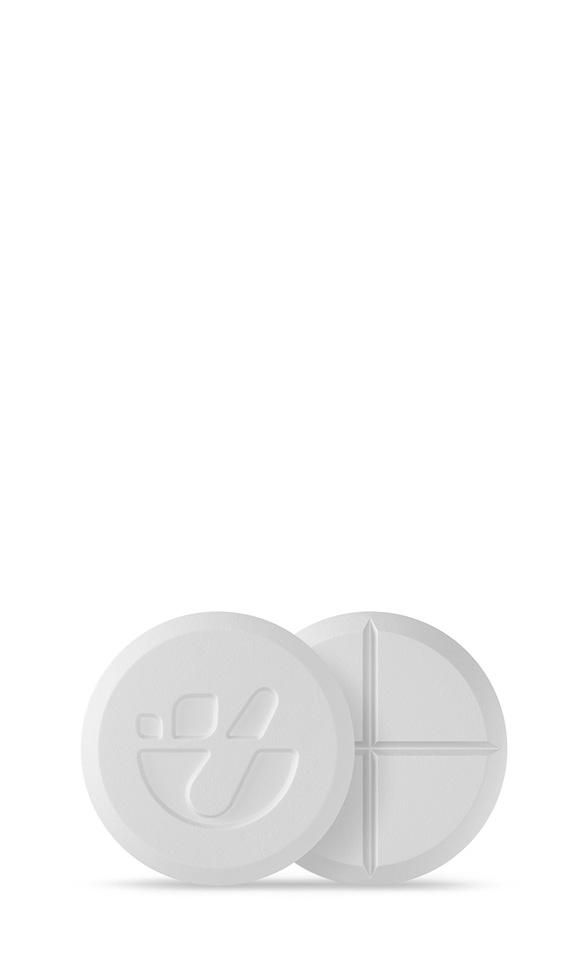
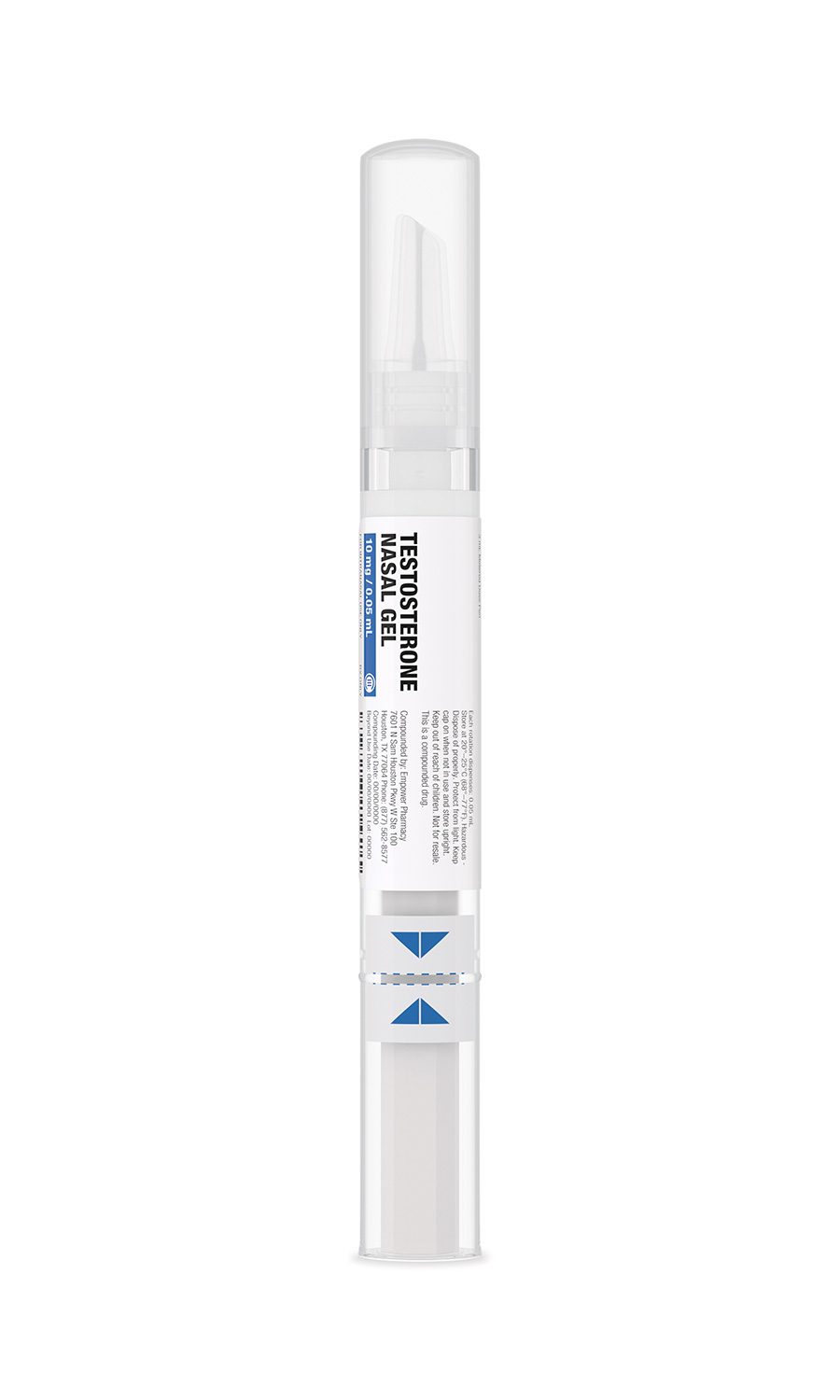 Testosterone Nasal Gel
Testosterone Nasal Gel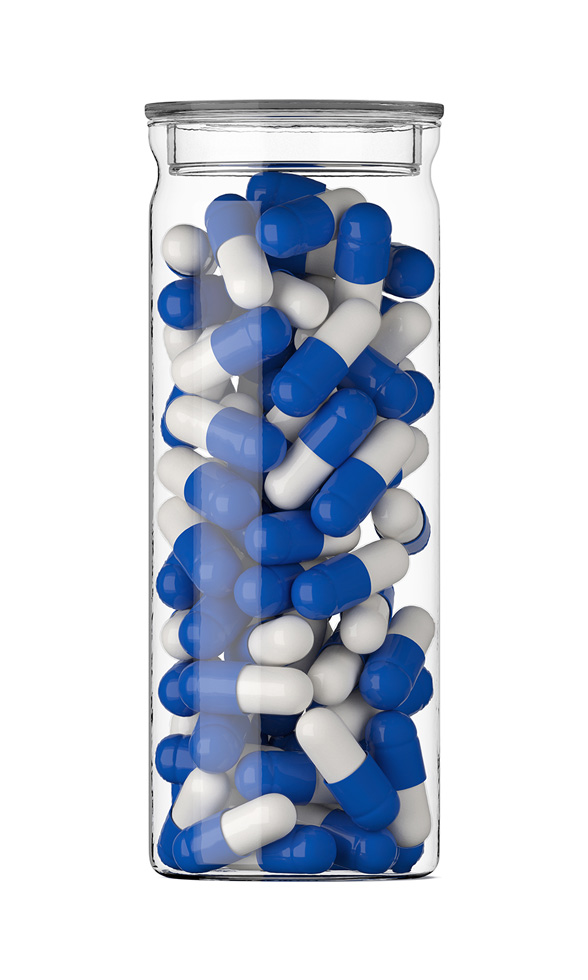 Biotin / Minoxidil Capsules
Biotin / Minoxidil Capsules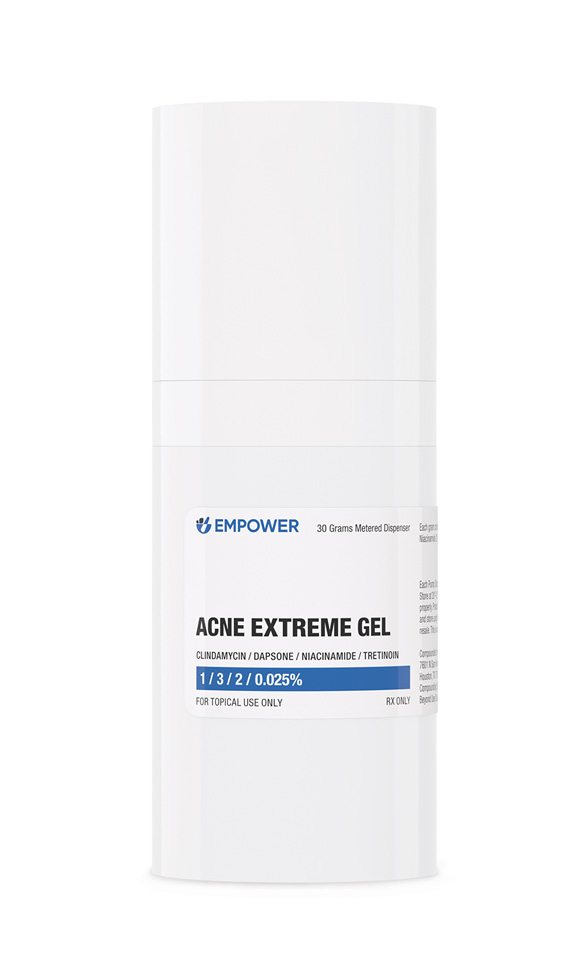 Acne Extreme Gel
Acne Extreme Gel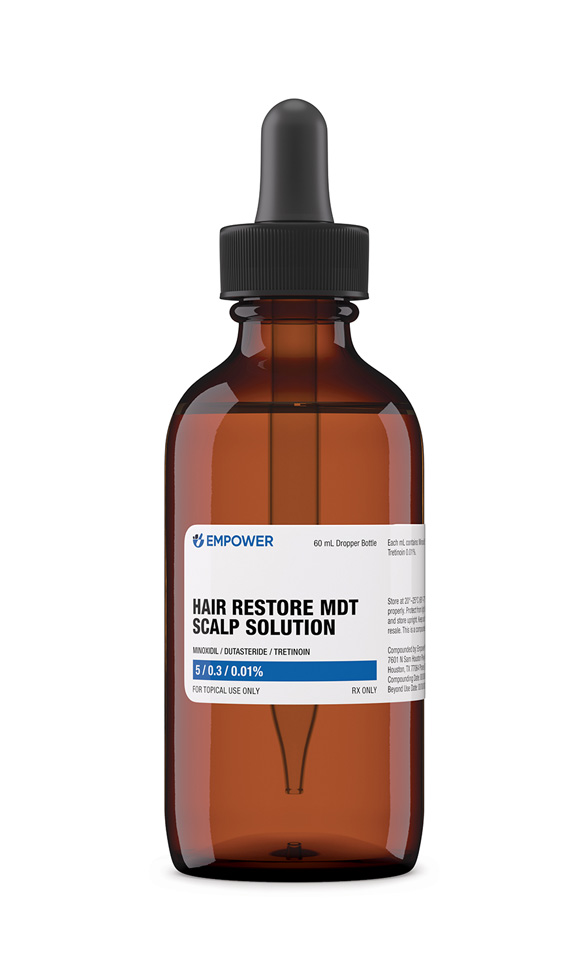 Hair Restore MDT Scalp Solution
Hair Restore MDT Scalp Solution Tadalafil / Apomorphine HCl Troches
Tadalafil / Apomorphine HCl Troches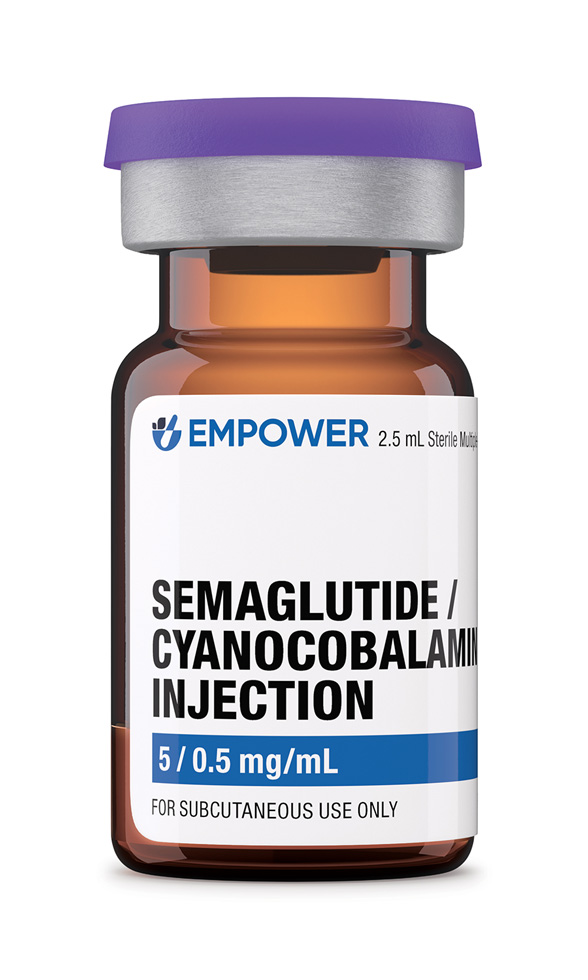 Semaglutide / Cyanocobalamin Injection
Semaglutide / Cyanocobalamin Injection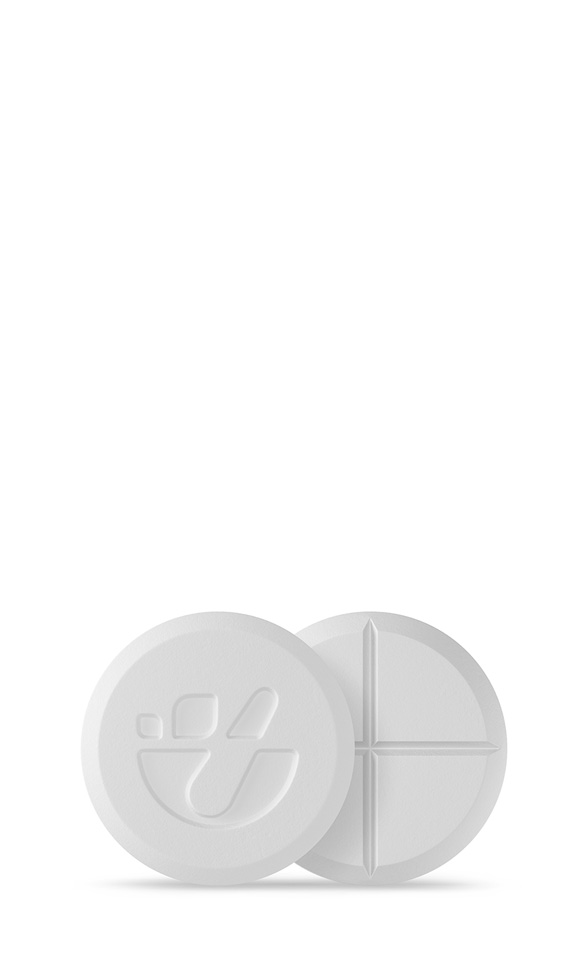 Sildenafil / Oxytocin ODT
Sildenafil / Oxytocin ODT Cyanocobalamin (Vitamin B12) Injection
Cyanocobalamin (Vitamin B12) Injection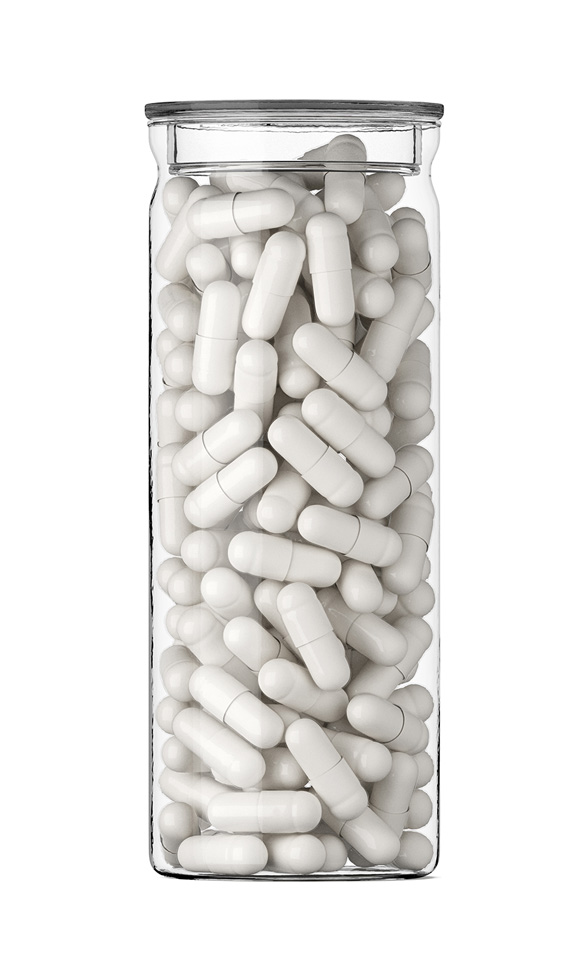 DMSA (Succimer) Capsules
DMSA (Succimer) Capsules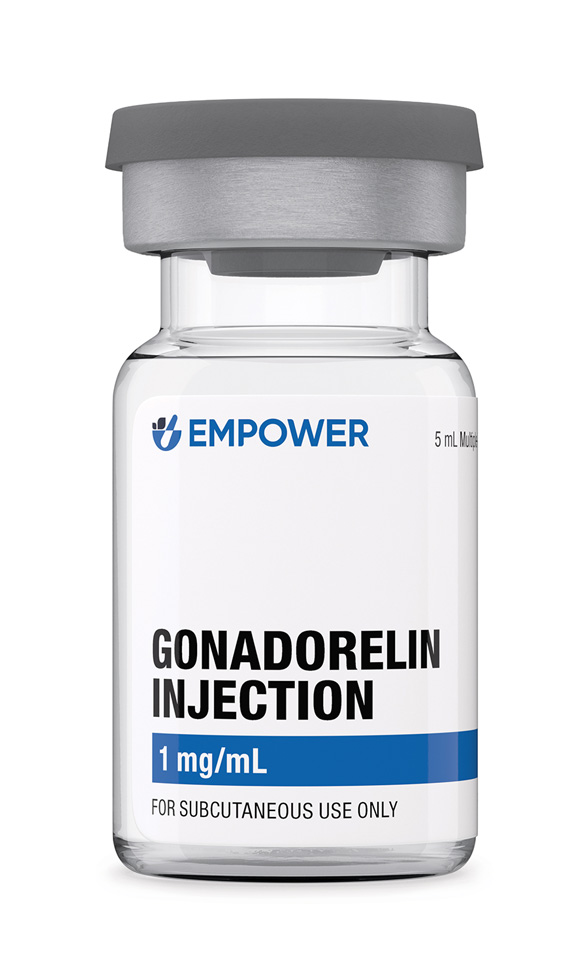 Gonadorelin Injection
Gonadorelin Injection